Threads of history, gold of traditions: Crafts Festival in ancient Bukhara
To a foreigner it may seem that there are too many cultural and artsy festivals held in Uzbekistan. The months of spring are especially rich in these types of events. A huge amount of resources is spent on each of them and the number of participants is hundreds.
This opinion is erroneous. Firstly, there is not a lot of a holiday. Secondly, each region is unique that has its own traditions and historical features of development: Whether it is Khorezm, Ferghana Valley, desert Surkhandarya, or fabulous Bukhara, each land conceals its riches.
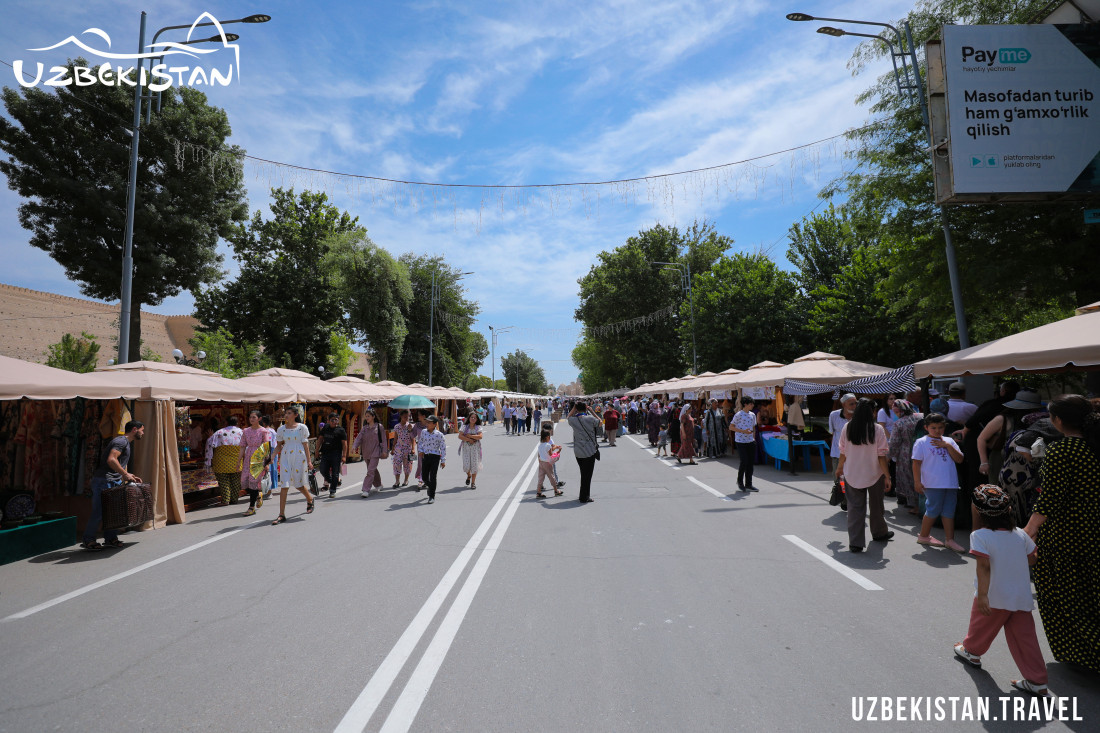
On May 21-25, the First International Festival of Gold Embroidery and Jewelry Art was held in Bukhara.
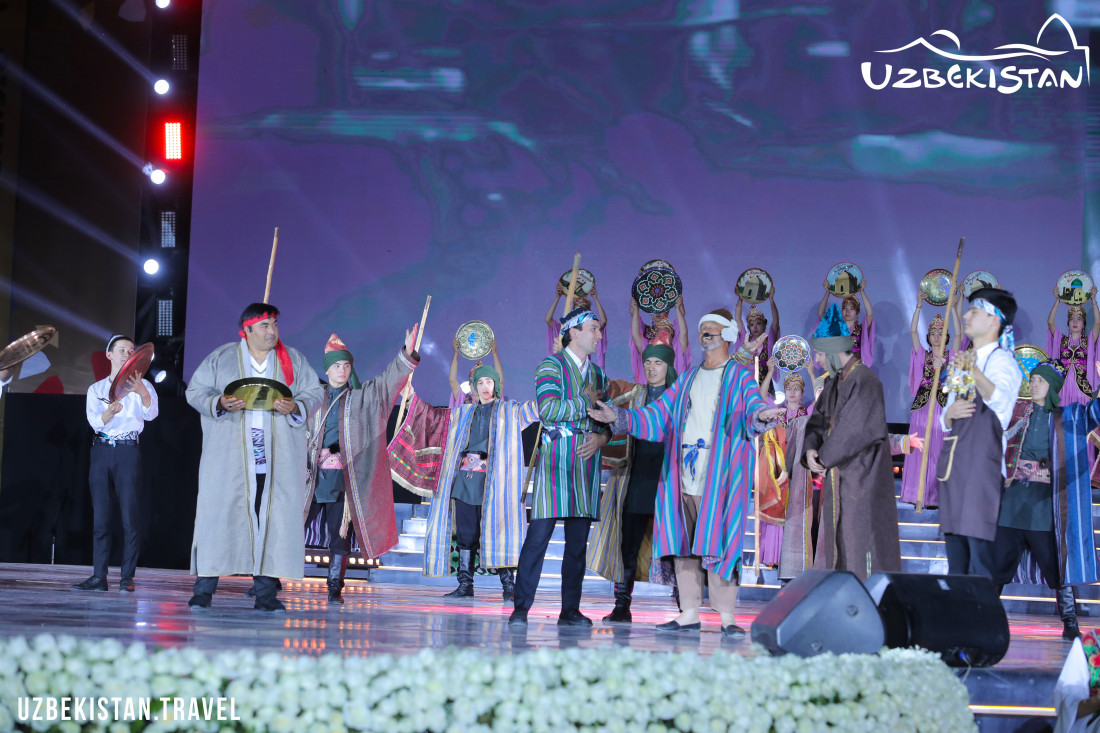
The event was held for the first time but it gathered an impressive number of guests and participants. The festival was initiated by the President of Uzbekistan in a corresponding decree dated August 29, 2021 that is designed to support the traditions of handicrafts of one of the oldest centers of art and culture on the Silk Road. The Ministry of Tourism and Cultural Heritage of Uzbekistan, the Artisan Republican Association, the Ministry of Investment and Foreign Trade of the Republic of Uzbekistan and the Khakimiyat of Bukhara region organized the festival. The festival will be held every two years, alternating with the Silk and Spices festival, which has already gained popularity among international guests.

Recently, the President of the World Council of Artisans, Saad al-Kaddumi, an honorary guest and a member of the jury of the current Festival, announced that Bukhara has received the prestigious title of "City of Artisans". Kokand was the first to receive such a status in the republic. This event was the central reason for holding such a large-scale and eventful event.
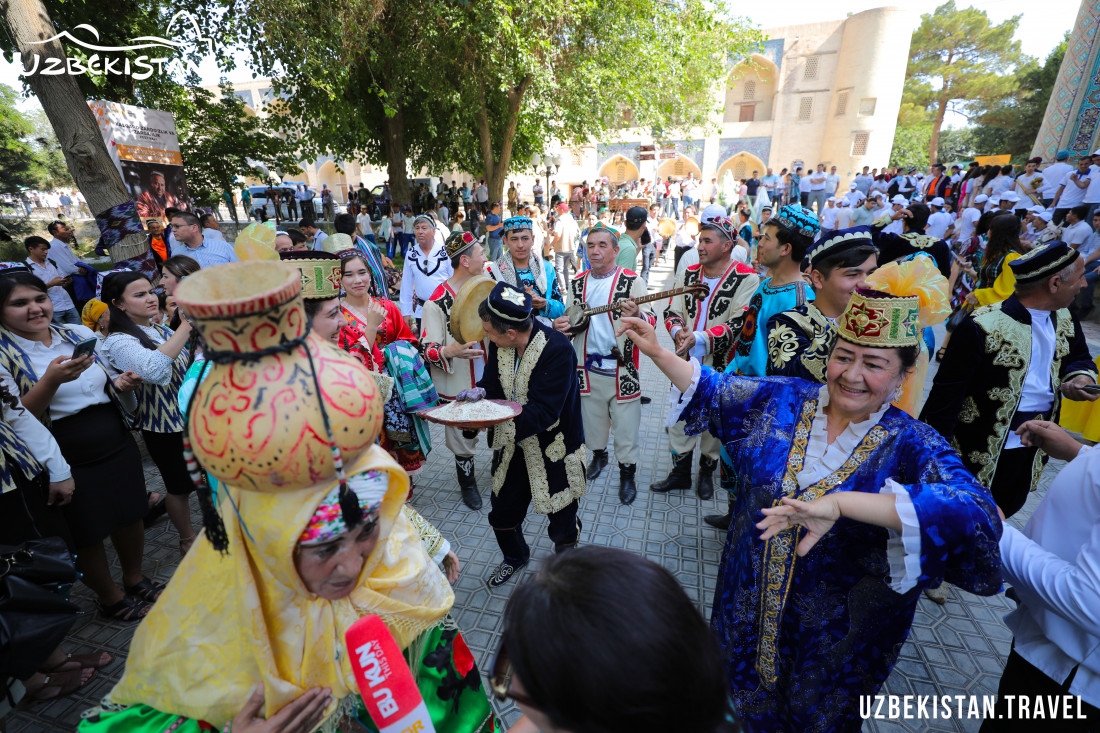
It is known that Bukhara is the capital of gold embroidery, and the works of Bukhara artisans are a national brand (Gold embroidery masterpieces are given to the stars. For example, the famous photos of Ronaldo in an embroidered Bukhara chapan). Throughout history, Bukhara has been a city of artisans: specialists of a narrow profile settled in each neighborhood, making various household items for centuries, preserving the traditions of their ancestors and developing trade ties. Therefore, generations of jewelers, gold tailors and chestnut embroiderers glorified their city. Today Bukhara is not only the central point of any tourist route. Foreigners come here and stay for weeks, and sometimes for good, fascinated by the aura of tranquility and the breath of the ancient walls of the great city.

Old - timers say, we are not divided into nationalities, we are all Bukharans and after all, this is a tradition that continues in the world of information technology and space tourism that has already changed beyond recognition.
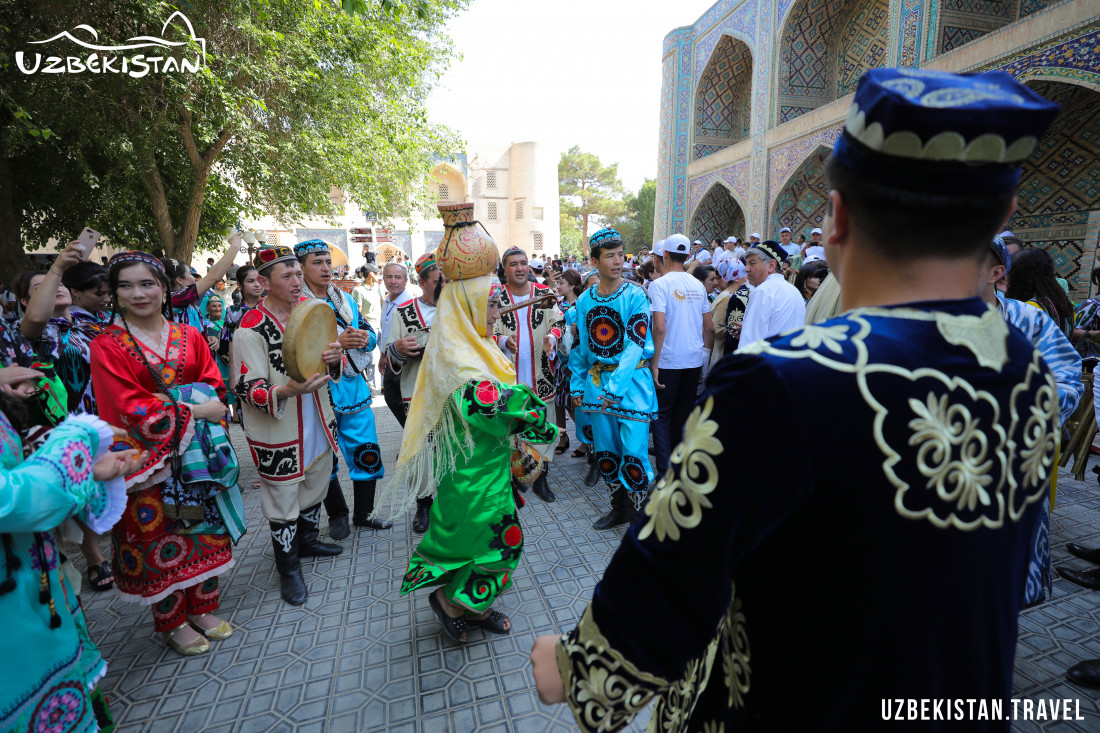
In the old city, Tajik speech is heard here and there, interrupted by Russian, Uzbek, French, and German… There is an old synagogue in the historical neighborhood of Bukhara Jews, guests from Israel and numerous tourists come there. In the shops, you can find books in many languages of the world. Moreover, masters even from Laos and South America came to the festival!

"Here are the most open and kind people I've ever met!" says Anne Delaney, a guest from Australia. "I live in a family guest house, eat at a common table with the hosts and get a lot of emotions! It is impossible to study and comprehend the culture of Bukhara in a couple of days. I decided to stay longer, especially since every day at the festival I meet interesting, talented people and discover a lot of new things."
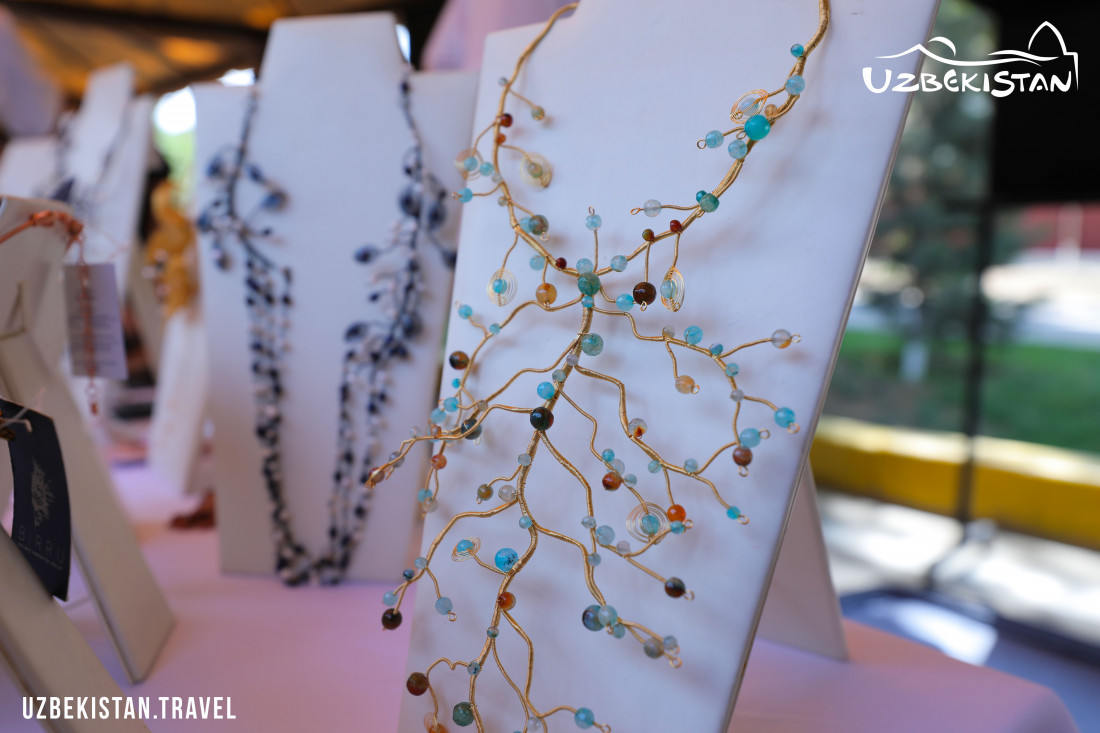
This year, 221 foreign participants from 58 countries took part in the Festival, as well as at least representatives of the regions of Uzbekistan – artists, artisans and artists. More than 200 employees of national and foreign media covered the event.

The first day of the festival began with a colorful and solemn parade-a procession of participants. Near the Ark fortress, there are tents with works of masters, among which unique products are presented, including from countries such as Palestine, Morocco, Sweden, Russia and Australia. Impressive is not only the number of tents – 500! – But also the geography of the participants, who brought with them about 20 kg of silver and about 10 kg of gold products. It is not surprising that the demand for this variety was great: this year the tourist flow to the cities of Uzbekistan has significantly increased compared to the "pre-pandemic" times.
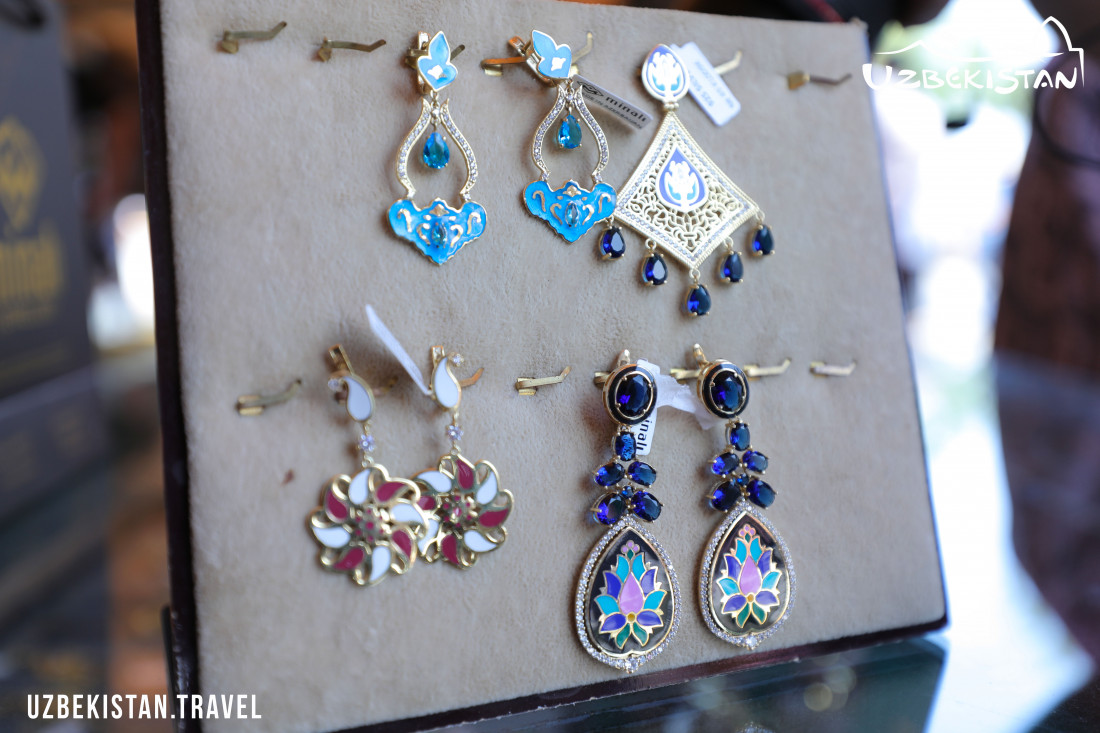
In between participating in the noisy folklore performances, which literally unfold at every corner in the historical center of Bukhara, to the sounds of karnai and doira and the hubbub of the crowd, we communicate with the masters.
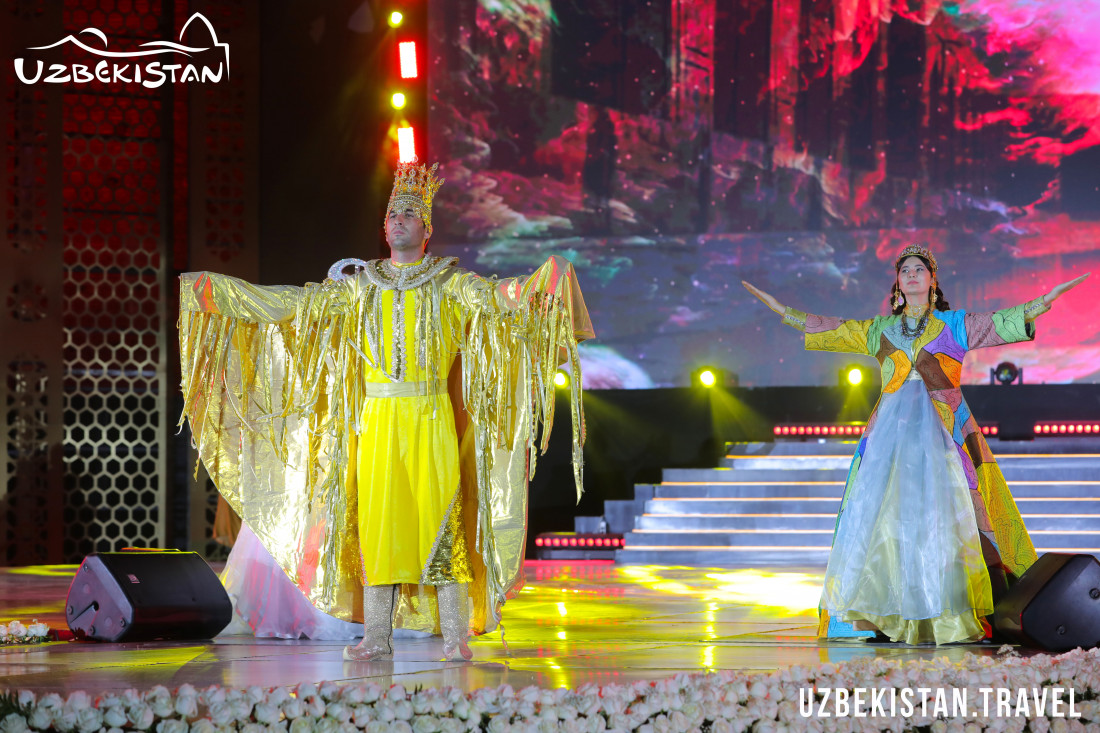
Jeweler Sukhrob Akhramov from Samarkand makes copies of ancient Uzbek jewelry. Oriental style primarily attracts foreigners. "Our traditional products of the 18th and 19th centuries are known all over the world. Now they are worn mainly for weddings as part of a ritual costume, and foreign guests have no prejudices – they can wear them every day. Glass and corals were used in the old samples, and we are already making modern ones with natural stones. Here is a temporal decoration – gadzhak, we repeated it in the format of earrings." I pay attention to the original oval–shaped earrings, in the center of which is a tiny copy of an Iranian miniature on mother-of-pearl. The son of Suhrob, who became the successor of his father’s craft, did the original, incredibly fine work.
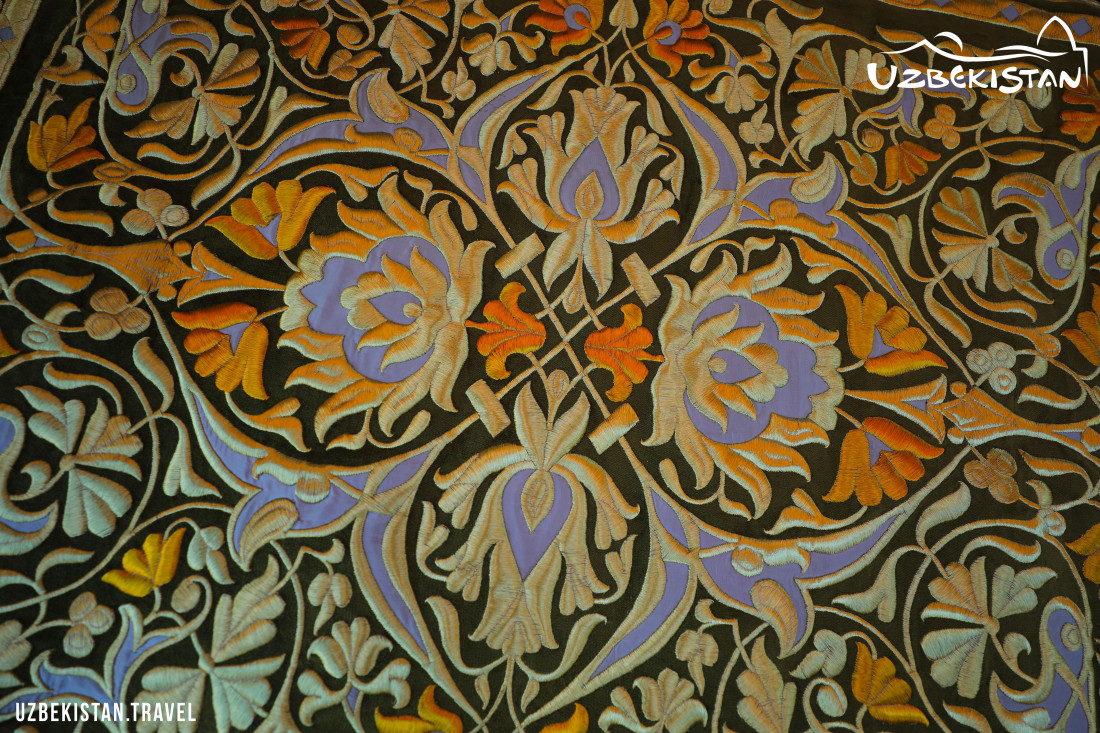
Gavhar Asanakulova, a craftswoman from Jizzakh, has been embroidering since she was five years old. At the exhibition, she brought products with varieties of traditional embroidery – chestnut, iroki and other very ancient types of it.
"Our ancestors were engaged in embroidery and carpet weaving. Although, I am a hydraulic engineer by profession. After retirement, I joined the Union of Artisans, have been engaged in traditional embroidery and its popularization for seven years. In our region, we embroider with a needle, not with a hook, as, for example, in Tashkent. Here are the old burqa and djilak bosch (robe on the head), and here is the Djizak skullcap with tulips." Gavhar opa not only sells his products and vintage samples with incredibly beautiful embroidery, but also shows how stitches are made.

Interactivity is one of the wonderful features of the Festival. Guests taste dishes, dance, and measure national clothes and take unforgettable photos in historical locations, get unique knowledge and skills at master classes. The artists will paint over the course of 9 days about 40 paintings dedicated to the sights of the Old City, within the framework of the project "Bukhara-Plein air-2022".
In addition, for art critics and practitioners, a scientific and practical conference "The history of the art of chestnut embroidery - a design and innovative approach" was held within the framework of the Festival.

According to the chairman of the Hunarmand Association of the Republic of Uzbekistan, Ulugbek Abdullayev, the Festival of Jewelry and Gold embroidery Art will give a powerful impetus to the popularization of both the craft and the artisans themselves. "Overseas, our craftsmen are appreciated and expected: for example, in Santafa, Texas, USA, every year artisans from Uzbekistan, most of whom are Bukharans, participate in an international exhibition. The authentic shape of our gold embroidery and other products is very much appreciated; there is a demand for them. We try to link the traditional with the modern, to breathe new life into the ancient craft. Popularization of decorative and applied art is one of the ways to protect ancient crafts from complete mechanization, which means to preserve national identity and the spirit of tradition."
The embodiment of traditional aesthetics in modern forms was clearly demonstrated by the design show "Bukhara Fashion Days", which took place in the courtyard of the Kukeldash madrasah in the heart of Bukhara. Talented fashion designers from Uzbekistan, Kazakhstan, Kyrgyzstan, Russia and other countries took part in it. In their collections, they boldly interpreted gold embroidery, suzane, felt wool and other traditional techniques, creating incredible things in brightness, harmony and color, in which any woman of any nationality should look modern and luxurious.
In Bukhara, you can visit wonderful chamber spaces, such as the house-museum of traditional music of the Honored Artist of the Republic of Uzbekistan Nishonjon Atamuradov and the art school for gifted children "Ust-Shogird" by Davlat Toshev. The cult of honoring the teacher, passing on his skills to the younger generation is one of the sacred traditions revered in the "New Uzbekistan". To preserve and multiply the glory of the masters of the past is a task of national scale, which is being successfully implemented before our eyes. For tourists, such "reserved" places are islands of living history and the opportunity to touch tradition in the literal sense – with a brush, strings…

At the end of the festival, a grand gala concert was held under the walls of the Ark Fortress with the participation of dance ensembles, singers and famous pop performers. The audience was immersed in the history of the Bukhara land, its great names – Avicenna, Imam al-Bukhari, Al-Farabi, its great melodies – mavrigi and shoshmakoms. As part of the concert, the winners were awarded – masters of jewelry and gold embroidery, the best craft workshops.
Right during the concert, the audience was treated to traditional dishes and even distributed skullcaps with a regional pattern. In addition, at the end of the evening, a loud salute lit up the Old Town.
It is probably superfluous to describe the delight that foreign guests of the Festival experienced. The richness of colors and traditions, the warmth of communication, delicious food and life surrounded by architectural masterpieces of the pearl of the Silk Road is not a complete list of attractions of Bukhara.
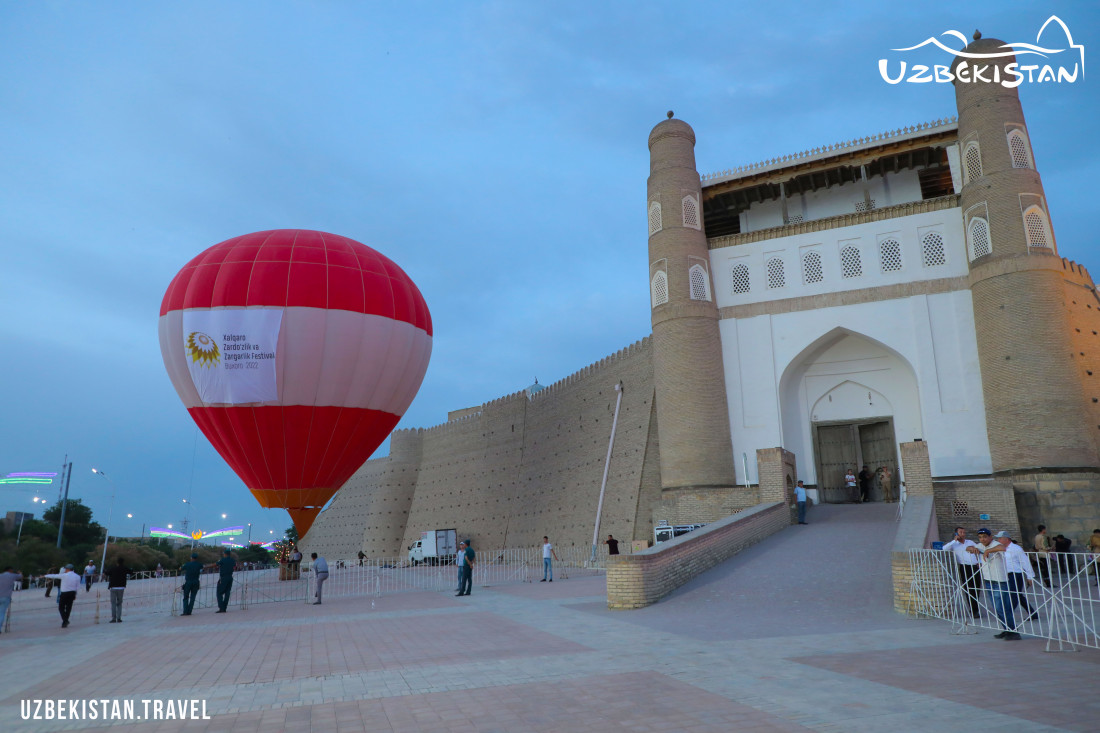
Today Bukhara still breathes antiquity, great history and the spirit of enlightenment, while having the entire necessary infrastructure for a comfortable stay of a large number of guests – these are excellent hotels and guesthouses, restaurants, cafes, ATMs, service services and developed transport. During the festival, additional flights of Uzbek Airlines were even launched in the directions Tashkent-Bukhara-Tashkent and Ferghana-Bukhara-Ferghana.
Mariya Maksimycheva
Leave a comment
By logging in, you agree to the processing personal data
See also
Workhours: 9:00-18:00, Mn-Fr
For any questions
Uzbekistan


 UZB
UZB RUS
RUS JPN
JPN ARA
ARA FRA
FRA CN
CN DE
DE POR
POR ESP
ESP TUR
TUR ITA
ITA HIN
HIN MAL
MAL
A comment